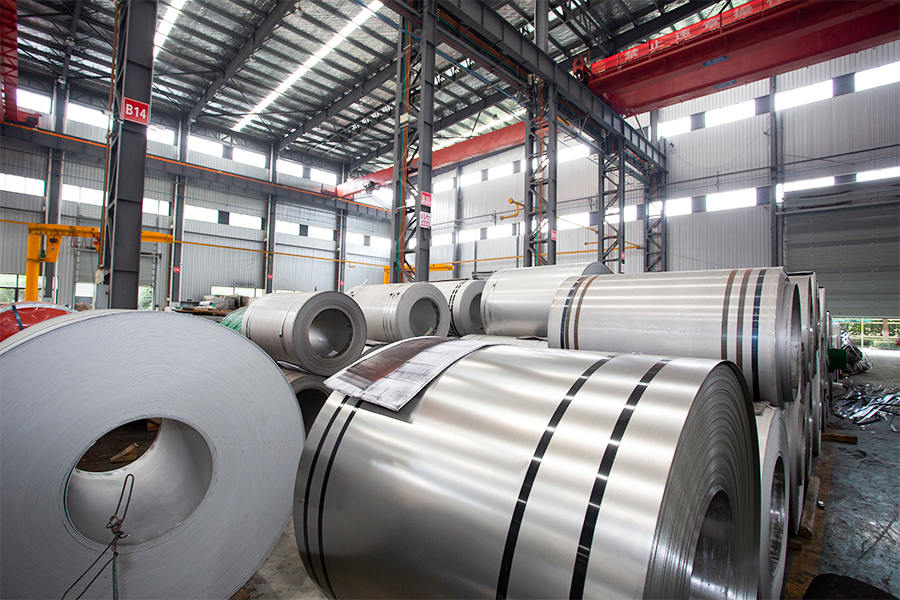Stainless steel coils are widely used in many industries such as construction, kitchenware, automobiles, and medical due to their excellent corrosion resistance, strength, and aesthetics. As the demand for high-temperature resistant materials in industrial applications continues to rise, people are paying more and more attention to the performance of stainless steel coils in high-temperature environments.
1. Basic heat-resistant principles of stainless steel
Stainless steel is an iron-based alloy. The main alloying elements such as chromium (Cr), nickel (Ni), and molybdenum (Mo) give it excellent corrosion resistance and heat resistance. The higher the chromium content, the stronger its antioxidant ability; while nickel improves its structural stability at high temperatures.
In high-temperature environments, materials must have the following characteristics:
Not easy to oxidize or form oxide scales;
Able to maintain strength and toughness;
Strong creep resistance and not easy to deform.
2. High-temperature resistance of different types of stainless steel coils
304 stainless steel coils
One of the most common stainless steels, suitable for applications below 600°C, such as kitchen equipment, boiler shells, etc. However, long-term high temperatures may cause intergranular corrosion or performance degradation.
316 stainless steel coil
Molybdenum is added to enhance the ability to resist high-temperature oxidation. It can withstand high temperatures of about 700°C and is suitable for chemical pipelines, heat exchangers and other occasions.
310S stainless steel coil
High chromium and high nickel ratio design, specially developed for high temperature environments, can withstand continuous high temperatures of 1100°C. Widely used in harsh working conditions such as industrial furnaces and heat treatment equipment.
321 stainless steel coil
Contains titanium, has good resistance to intergranular corrosion, suitable for long-term use below 850°C, and is often used in high-temperature steam pipes and boiler systems.
3. Typical application areas
Petrochemical equipment
High-temperature pressure vessels, heat exchangers and reaction towers can greatly increase their service life by using high-performance stainless steel coils.
Heat treatment and metallurgical industry
Industrial furnace linings, insulation layers, conveyor belts and sintering meshes are often made of 310S or 309 series stainless steel coils.
Power industry
Superheaters, reheaters and steam pipelines in thermal power plants are mostly made of high-temperature grade stainless steel materials.
Automotive Industry
Heat shields and silencers in exhaust systems often use 316L or 309S stainless steel to withstand hot exhaust gas flow.
4. Precautions
Although stainless steel coils have good heat resistance, the following points should still be noted:
Material selection should match the actual operating temperature;
Stainless steel under high temperature conditions may still oxidize;
Microstructure changes and creep damage should be checked after long-term use;
Different environments (such as high temperature + corrosive gas) may require special alloys.
Stainless steel coils perform well in high-temperature applications, especially specific high-temperature grades of stainless steel such as 310S, 316 and 321, which have been widely used in the industrial field. However, in the selection and use process, factors such as temperature range, environmental conditions and service life must be fully considered to ensure safety and efficiency. If the material is selected reasonably and maintained scientifically, stainless steel coils are undoubtedly one of the most valuable engineering materials in high-temperature occasions.



 English
English русский
русский عربى
عربى 中文简体
中文简体
